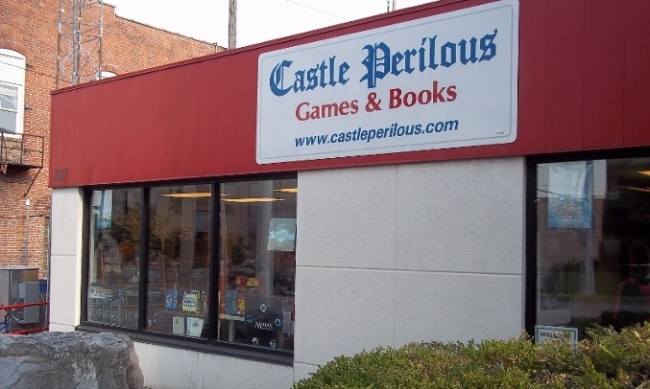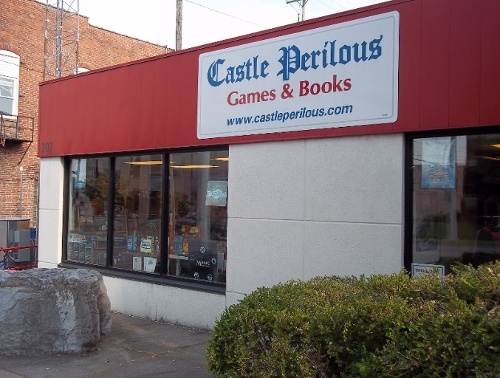Rolling for Initiative is a weekly column by Scott Thorne, PhD, owner of Castle Perilous Games & Books in Carbondale, Illinois and instructor in marketing at Southeast Missouri State University. This week, Thorne looks at how the paradox of choice applies to the game and comics businesses.
Whilst reading through the Economist during downtime at the recent ComicsPRO meeting in Memphis (while not a huge part of our sales, we do enough business in comics and graphic novels that it is worth our while to join ComicsPRO. Since the meeting took place almost in our backyard, I figured, quite correctly, it was worth the trip), I ran across this article on the paradox of choice, which I found quite applicable to both the game and comic industries.
Simply put, the choice paradox says that we, as consumers, have huge selections, larger than at any time in recorded history, from which we can choose. Diamond puts out a 450 page catalog every month packed full of brand new comics, games, figures, t-shirts, DVDs, graphic novels and nearly every other pop culture item, with the exception of music, which you can imagine (and they manage to do this every month with almost no error. I get amazed every time we receive a new Previews. GTM and Meeple Monthly pale in comparison). And music, oh my gosh.
Last year, consumers spent money purchasing 8.7 million songs, about 5 million more than they did in 2007. However, of those 8.7 million songs, customer only bought 100 or more copies of roughly 350,000. So, out of the 8.7 million songs bought by someone last year, consumers thought less than 10% of them were good enough that 100 or more people bought the song. Furthermore, of the remaining 8,350,000 songs sold, consumers bought only 1 copy of some 3.5 million of them. What we have here is a perfect example of the long tail, with a very small percentage of songs accounting for a huge percentage of sales while the vast majority of songs account for a small percentage of sales. When given the opportunity to partake of a virtually unlimited selection of music, consumers instead prefer to choose from a comparatively tiny set of songs that everyone else is buying as well.
Take movies. In 2016, 732 movies released theatrically. Of those, 501 of them grossed less than $1 million apiece while collectively, 2016 top 10 movies grossed right around $3.8 billion. You, along with everyone else in the country, saw Rogue One: A Star Wars Story, Deadpool, Moana and Finding Dory, but did you see The Little Prince, Housefull 3, Elvis & Nixon or even Billy Lynn’s Long Halftime Walk. Doubtful. People gravitate to what other people are watching and watch it as well. There are some 450 different scripted television series across multiple platforms but what do you hear people talking about: Game of Thrones, The Walking Dead, Big Bang Theory, This Is Us, House of Cards, Orange Is the New Black, Dark Mirror. Netflix has about 5400 programs currently in its library, but viewers gravitate to the highly popular ones. When was the last time you watched August: Orange County or Dana Carvey: Straight White Male, 60? Both are on Netflix.
Here at the store, we have roughly 50 different RPG systems, some current, some long out of print. Looking at the sales from the last month though, 85% of the RPG materials sold: Dungeons & Dragons 5th Edition. There’s a little bit of Pathfinder and the odd Palladium or Pelgrane or Monte Cook title but, despite all this choice, people looking for RPGs overwhelmingly ask "Where’s your D&D?" We say we like choice, but not too much.
Now, why do customers gravitate towards the same music, movies, games (and comics) on a steady basis? One factor is the familiarity heuristic. I will talk about it, and how game (and comic) publishers can use it to sell more products, next week.
The opinions expressed in this column are solely those of the writer, and do not necessarily reflect the views of the editorial staff of ICv2.com.

Column by Scott Thorne
Posted by Scott Thorne on February 20, 2017 @ 12:38 am CT



